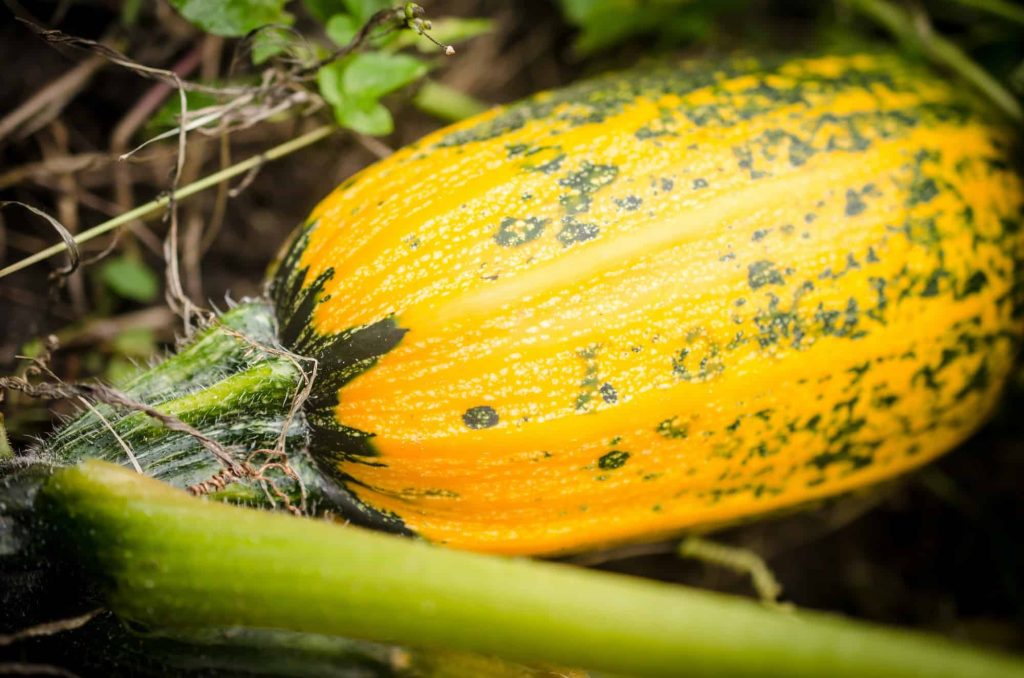Squash is the term used to describe vegetables in its family. These vegetables include; Hubbard, acorn, and yellow squash. However, these varieties have different planting seasons. Some are planted during summer while others are planted in winter.
They aren’t difficult to grow and are low-maintenance crops. Squash vegetables are nutritious.
To produce a better yield, you can companion plant them with other beneficial plants. Squash plants planted during summer will be ready for harvest during mid-summer while those planted during winter will be harvested during Fall. It takes just seven weeks from planting to harvest squash.
Some ultimate companion plants for squash are corn, borage, beans, peas, marigold, tomatoes, catnip, oregano, rosemary, catnip, and nasturtiums. Squash is a great companion for flowering plants and herbs. Do not grow squash near plants like brassicas and potatoes.
Squash prefers to be planted in warm soil and will thrive when exposed to about 6-8 hours of sunlight. They contain minerals and vitamins that offer health benefits to humans. Squash is also beneficial to other plants. The best plants to grow with squash are listed in the next paragraph
13 Best Squash Companion Plants
Some plants are beneficial when planted together. These plants are known as companion plants. These plants are responsible for the enhancement in flavor, low risk of contracting diseases, and getting infested by pests. All these requirements and more are what a plant needs to have a successful harvest or yield.
Some of the plants that benefit squash include; pumpkins, peas, radishes, e.t.c
1. Corn
Corn is one of the “three sisters” in which the other members are squash and beans. Corn is a source of shade for squash. Corn also acts as a trellis for beans. Squash in return prevents insect pests from destroying both beans and corn. Squash offers a lot of benefits to the members of the “Three Sisters”. Squash stops weeds from Taking over the plants.
2. Nasturtiums
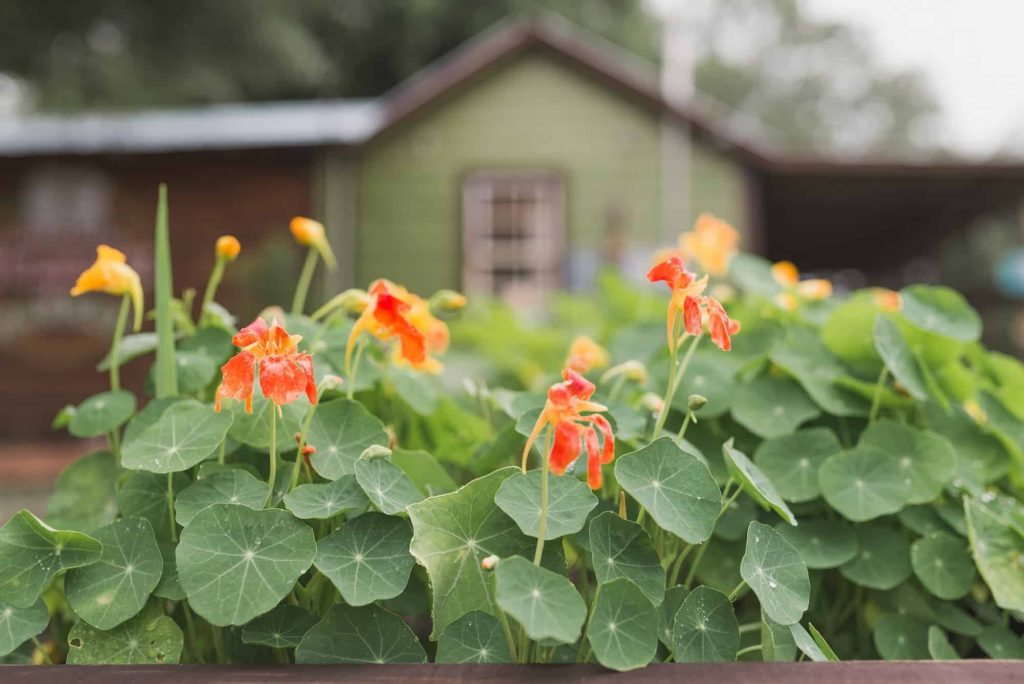
Squash belongs to the family of cucurbits together with pumpkins and cucumbers. All these vegetables are susceptible to flea beetles. Planting Nasturtiums with your cucurbits, particularly squash will help in deterring flea beetles.
Nasturtiums are a trap crop that attracts pests to themselves to protect other plants it’s planted with. Nasturtium after serving this purpose can be used to prepare dishes. Nasturtiums invite Beneficial insects which could be predators or pollinators. These flowers grow well when exposed to full sun.
Once you can study the growing requirements for nasturtium. You’ll have a great squash harvest after Planting both of them together.
3. Radishes
Radish can repel squash bugs from squash. Squash bugs are the major insect that pesters squash plants. Flea beetle is another pest that can hinder the growth of squash. However, radish can be used to trap flea beetle. It can be planted some meters away from squash and harvested before squash starts clamoring for nutrients.
4. Borage
Borage flower invites pollinators to your squash plant. Growing borage with squash can also enhance its flavor. Pests will stay steer clear of your squash plant when you plant borages with it. Borage also carries a spicy flavor and thus can be used to prepare salads and other dishes.
5. Beans
The root of the beans plant contains bacteria that help in the fixation of nitrogen in the soil. This nitrogen is used up by squash being a heavy feeder. The moisture of the soil is conserved by squash. Squash possesses spikes which play a huge role in keeping pests away.
6. Marigold
A Marigold is a beautiful flower that radiates with nice colors when planted in the garden. There are varieties of this flower that can be used to make dishes. It repels pests and is one of the best flower companions for squash. Nematodes are dangerous pests that inhabit the soil. Growing some flowers of marigolds is the best way to get rid of nematodes.
7. Peas
Peas are nitrogen-fixing crops. It can replace beans in the garden because they perform the same function. Peas can fix some nutrients in the soil for squash to feed on. Consider planting squash and peas together for good results.
8. Tomatoes
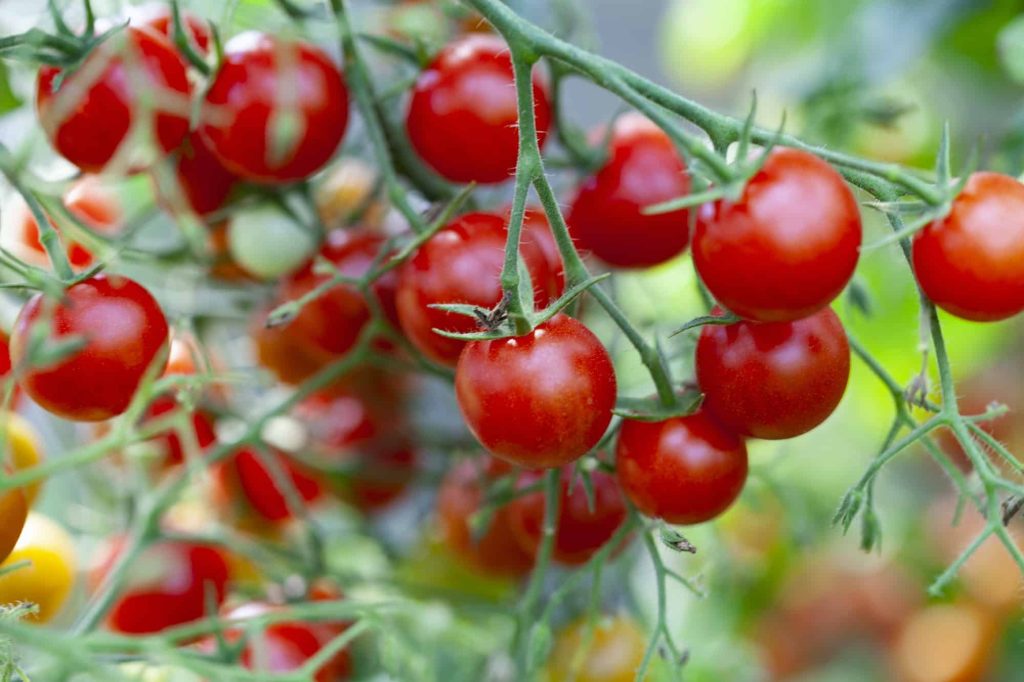
This vegetable pairs so well with many other vegetables on the patch. What makes it a suitable plant for squash is that they both have the same growing requirements. Adding borage with the two vegetables in the garden will give you a perfect yield.
9. Catnip
Just as the name implies cat gets attracted to this plant. Grow it close to your squash in the garden to keep pests away from your squash. Pests will stay far away from catnip because they don’t want to get eaten thus protecting your squash Plant.
10. Mint
Aromatic herbs like mint are good companions for your squash. They have everything it takes to protect squash and improve its yield. Mint attracts pollinators to your squash. It is also habitation for beneficial insects more like predators that will put pests in their place. It helps improve the flavor of your plant and conserves soil moisture.
11. Tansy
Tansy is good at deterring all sorts of pests. With tansy close to your squash in the garden, no pest will dare come close to the two thereby keeping your squash in good condition.
12. Oregano
Oregano looks like a flower but it is a herb. Its duty is to call pollinators to your squash and ensure it produces good fruit.
13. Rosemary
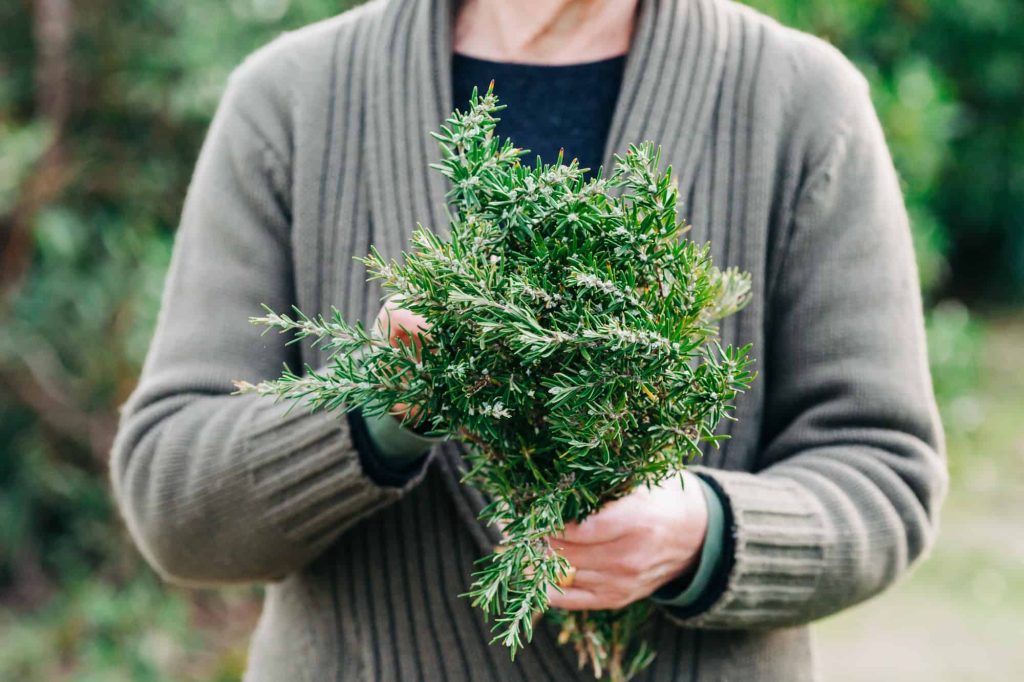
Rosemary is an example of an aromatic herb. It emits a strong scent that repels pests. They thrive in the same condition you place your squash. They harbor pollinators and invite beneficial insects that’ll get rid of pests like squash bugs.
What Not To Grow Near Squash
Squash doesn’t need to be grown with another crop that consumes many nutrients. Rather it needs a crop that can supply it with nutrients or replenish the soil. Find below the list of plants to avoid growing with squash.
1. Brassicas
Brassicas include kale, cabbage, and cauliflower. All these plants are known as heavy feeders which means they take up many nutrients from the soil to thrive well. Brassicas are also vulnerable to pests like cabbage worms, cabbage moths, and aphids which are dangerous to the growth of any plant. Planting your squash with these plants can infect them with pests and inhibit their growth.
2. Potatoes
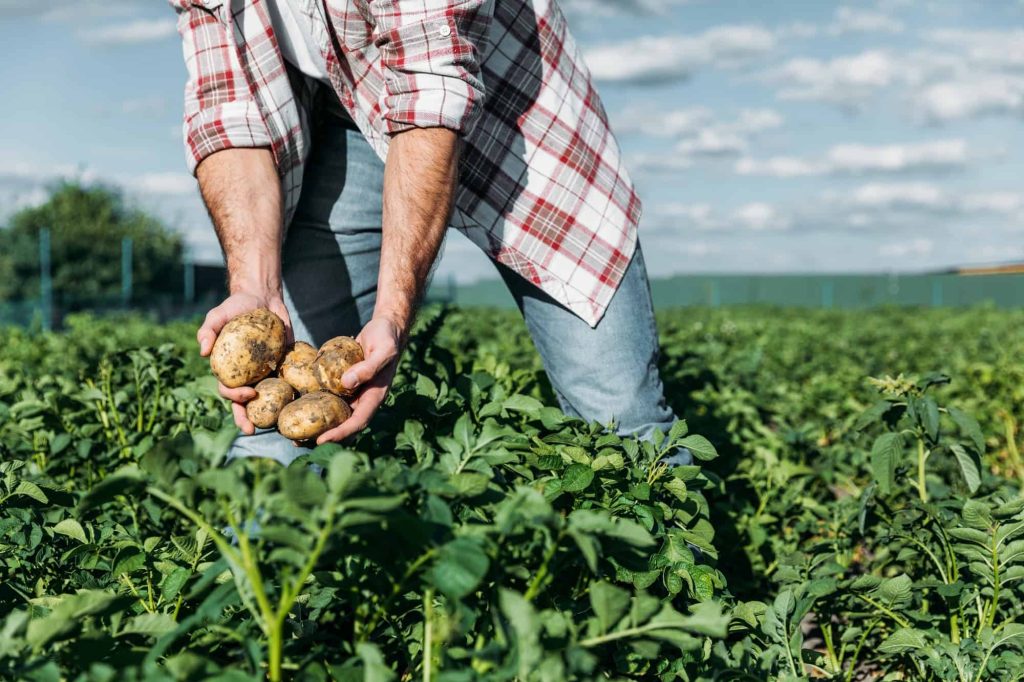
Some nightshade crops are like bad luck for other plants. An example of a nightshade crop that doesn’t go well with other plants is Potatoes. That’s why you will find many gardeners kick against planting it with other plants.
Potatoes don’t go well with cucurbits. Never plant potatoes with squash. It will hinder its growth by competing with it for nutrients and disrupting its root system.
Squash Companion Planting Guide
Here are some tips for companion planting squash in your garden.
- Choose a warm environment, one exposed to sun and fertile soil to plant your seeds
- Make sure the pH is about 6-7 and mix the soil with organic manure if need be
- Begin cultivation when the dangers of frost have gone
- Bury the seed 1 inch deep into the soil and give them a Spacing of 3-6 feet apart
- Plant seeds on mounds
- Water the soil 1-1.5 inches because it requires moisture
- Fertilize the plant from time to time
- Make a living mulch of other plants to help squash conserve moisture.
What can you not plant next to squash?
If there is any plant you should avoid planting with your squash, it Should be potatoes. Potatoes have so many negative effects on squash. First, they are heavy feeders just like squash, and will inhibit its growth. They also possess a root system that can make your squash plant unhealthy.
What grows well with squash and zucchini?
Since squash and zucchini are both heavy feeders, it is best to plant crops that add nutrients to the soil, or crops that deter pests from your squash Plant. Examples of plants that perform this function are; peas, beans, and nasturtiums. They will go well with squash and zucchini in the same garden. Squash and pole beans go well together because they are both members of the three sisters.
Can squash and tomatoes be planted close to each other?
Yes, they can. Tomatoes despite being susceptible to diseases and pests won’t affect squash when grown with it. They have similar growing conditions and will do well together
Can you plant squash next to Peppers?
Planting peppers with squash will give them a good yield and repel certain squash pests from it. The scent released by peppers deters pests.
Can you plant cucumbers next to squash?
Although it is advisable not to plant brassicas with squash because they both require many nutrients to survive, cucumbers can be planted with squash but with good planning. Before Planting, you must have a plan to keep them as far as possible from each other to about stunted growth.
Can zucchini and squash be planted together?
Zucchini and squash are both good companions. They will both have healthy growth when planted together.
What happens if you plant squash too close together?
Planting squash too closely results in competition for space and nutrients. When plants fight for space and nutrients. One plant eventually gets enough of both leaving the other plant to have stunted growth.
What is toxic squash syndrome?
Toxic squash syndrome occurs when an individual consumes too many cucurbit vegetables. Cucurbits contain a chemical known as cucurbitacin. When consumed in large amounts can cause toxic squash syndrome.
How close can you plant squash in a raised bed?
Before Planting squash, make some mounds. The spacing of seeds should be 4-6 inches apart. That way, your squash plants will thrive properly.
Conclusion
Growing squash isn’t a complicated process. The basic rule that will help you produce a great squash harvest is to avoid planting it with nutrient-hungry and pest-spreading plants.
Once these rules are adhered to, you won’t need to monitor your squash plants as such. Squash is a low-maintenance crop too thus you won’t have to spend so much on fertilization. Natural methods like companion planting will help it thrive.
More companion planting guides:

